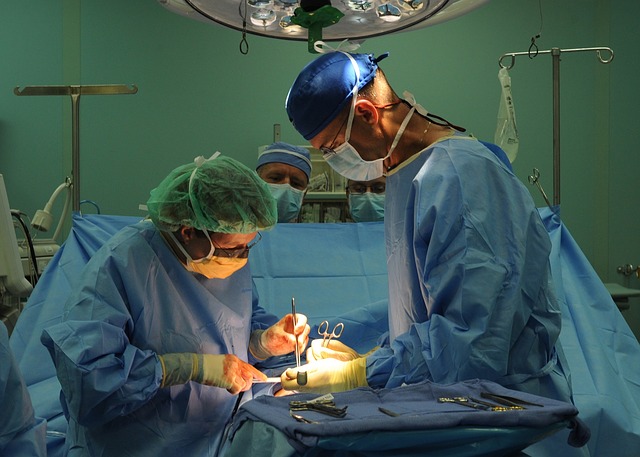Stellenbosch University has joined together with Tygerberg Hospital to open their own medical three-dimensional or 3D printing lab, which gives surgeons the opportunity to print life-size models of body parts of the patients they will be operating on.
3D printing technology has been used in the medical field for years but has always come at such an exorbitant cost that it has only ever been liable in the realm of funded research.
Now, for a far more reasonable price, doctors from Stellenbosch University and Tygerberg Hospital’s Division of Orthopaedic Surgery can carry out 3D printing using their own technologies.
“Something that was out of reach for most patients is now done for people walking off the street into Tygerberg Hospital – 3D printers are now very affordable and the software is so easy to use. The orthopaedic surgeons are learning how to do it,” Dr Rudolph Venter of Tygerberg Hospital told IOL.
The 3D printers have aided in 10 big cases so far, seven of which involved public healthcare patients. In one case, Venter had to cut a tumour away from surrounding bone, together with lead surgeon Professor Nando Ferreira.
After the patient underwent a CT scan for imaging data, the doctors were able to 3D print a life-size version of the bone and tissue. This was used to help the surgeons to be better prepared for the surgery. The bone was printed in hard plastic and the tumour in softer, rubbery plastic.
Just by feeling the model in his hand, Venter was able to familiarise himself with exactly which parts were tumour and needed to be excised.
3D models are also often sterilised and taken along into the theatre on the day of the operation to further assist surgeons.
During the operation, doctors can have one hand on the actual bone and tumour, and one hand on the 3D printed model to guide them.
“It’s like having this amazing, tactile road map of the patient’s anatomy inside their body,” said. Venter.
Along with helping doctors become familiar with the patients’ anatomies, 3D models also help surgeons rehearse procedures and confirm suspicions.
In on instance a patient required a hip implant, but had achondroplasia – a bone growth disorder which causes dwarfism – so his bones were not the standard size.
“We weren’t sure whether the hip replacement implants were going to fit, so we printed out his hip bone and practised it,” Venter said.
Together, doctors were able to cut the printed femur and insert a correctly-sized implant.
“We went to theatre feeling like we’d done this operation before. You know what to expect; your fingers have felt this before.”
A kilogram of the plastic used to load up the printer costs roughly R400; this is enough to print the equivalent of 20 femurs.
Doctors hope the printers will go on to benefit many different medical disciplines, as well as possibly produce instruments that are tailor-made for patients.
On top of this, doctors are hoping the printers can be used to design implants specific to each patient, allowing for a cheaper prototype to be made before a metal 3D print is done.
Picture: Pixabay






